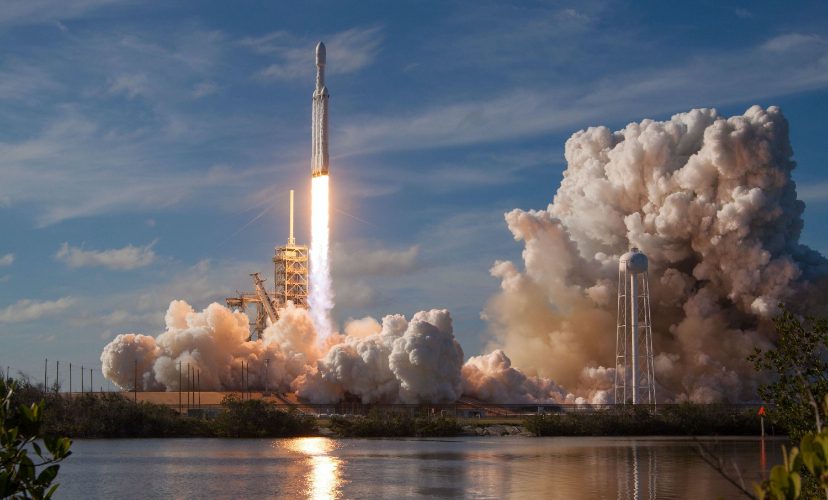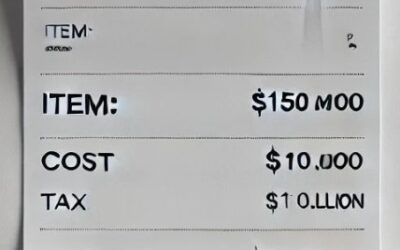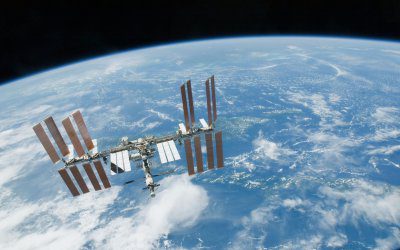The following construction and launch orders for the space industry were announced in June 2025: Construction Orders: Despite a regulatory probe by...
Welcome To Seradata
Seradata is the Space Industry’s leading launch satellite database and space market analysis system. Delivered via a powerful website, our experienced satellite analysts provide comprehensive, consistent, independent and authoritative information covering every (orbital) launch and satellite since Sputnik in 1957, as well as future planned spacecraft and launches.
Seradata
The space industry’s leading launch and satellite database.

Originally created in 1997, Seradata (formerly SpaceTrak) is the industry’s most authoritative satellite database and space market analysis system, used by organisations across the globe, including governments, space agencies, aerospace manufacturers, satellite operators, insurance companies and universities.
The information captured by Seradata powers the worldwide Space Industry’s marketing and risk decisions, presenting future opportunities while providing them with the vital data they need to make informed decisions.
Seradata has invested in and continues to improve both the content of and the IT behind the Seradata database, enhancing the customer experience.
Today, at the simple touch of a button, the Seradata platform, our web-based satellite database, can provide you with all the space market analysis you need.
Seradata’s innovative space market analysis tool allows for an in-depth review of the world’s satellite system. At Seradata we are passionate about creating a comprehensive launch and satellite database that users can trust. As a Seradata database user, you’ll discover that the system is easy to use, enhances your productivity, enabling you to focus on the output required. Seradata is the world’s number one space data publisher.
Here’s What Seradata Database Users Say
“Seradata’s comprehensive database has become an invaluable tool in supporting strategic planning, assessing market trends, and positioning for future growth.”
Matthew Sexton
Strategy and Business Development Operations
Northrop Grumman Corporation
“Seradata’s comprehensive data is incredibly valuable in helping us make informed business decisions.”
Saruta Utamachote
Senior Corporate Strategy
Advisor
Intelsat
“Data is more than ever at the heart of insurance and Seradata database is the most accurate base publicly available. Combining it with our own data has enabled us to enhance our risk assessment methodology. With the exponential growth of small satellites launches, this will be even more relevant in the future.”
Pascal Lecointe
Space Underwriter
Hiscox
Seradata Space Intelligence
Test stand explosion disrupts SpaceX Starship timeline
A test stand at SpaceX’s Starbase facility was severely damaged in an explosion, marking a potentially major setback to the SpaceX Starship...
NASA’s doubts about ISS leak fix delays Axiom 4 flight
NASA’s doubts about a fix to an air leak on the International Space Station (ISS) led to the delay of a crewed mission to the ISS. A long-standing...
Stay Informed with Seradata
Stay informed on the latest news, insights, and more from Seradata by signing up for our newsletter.



